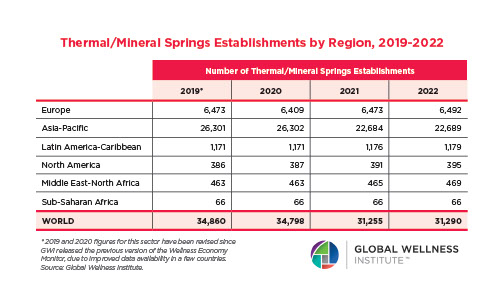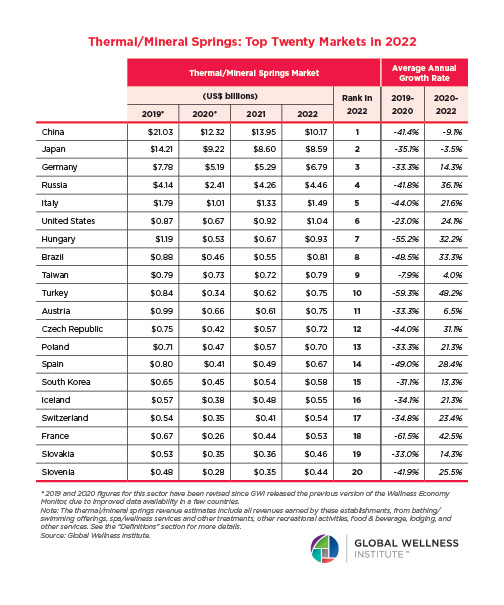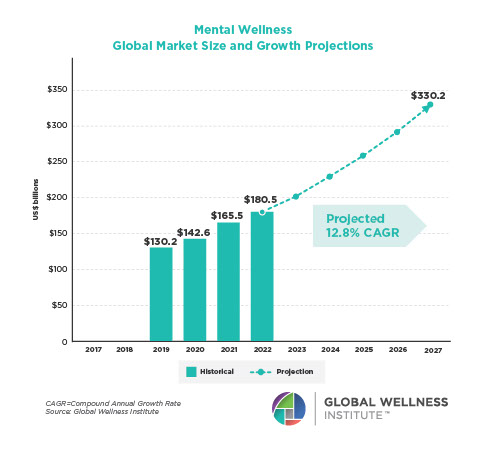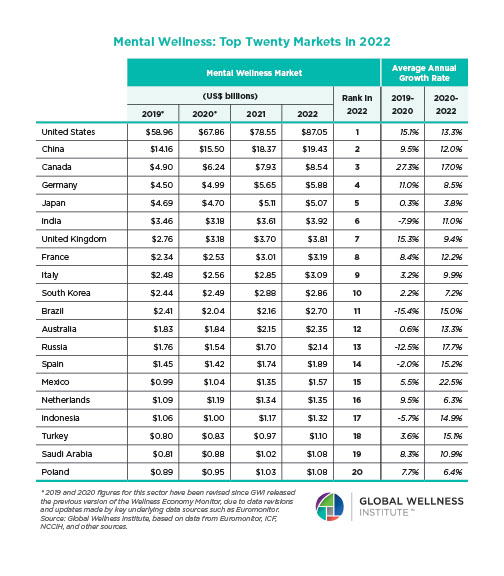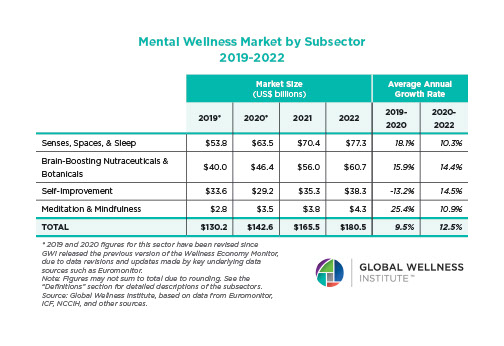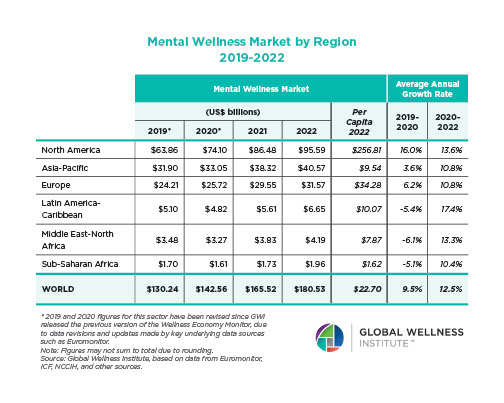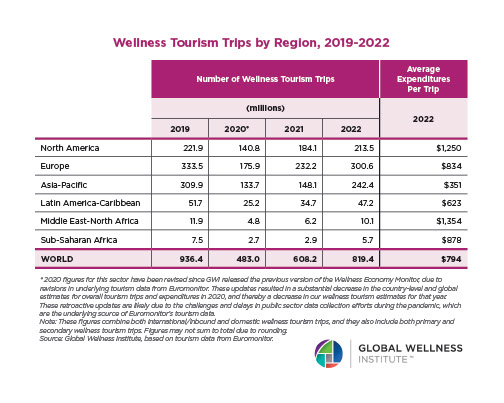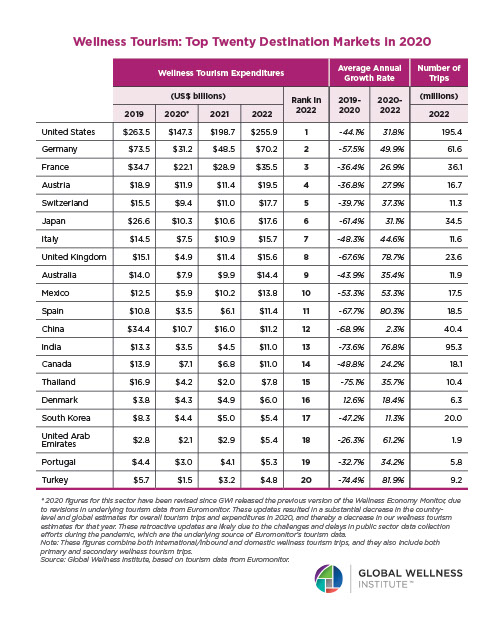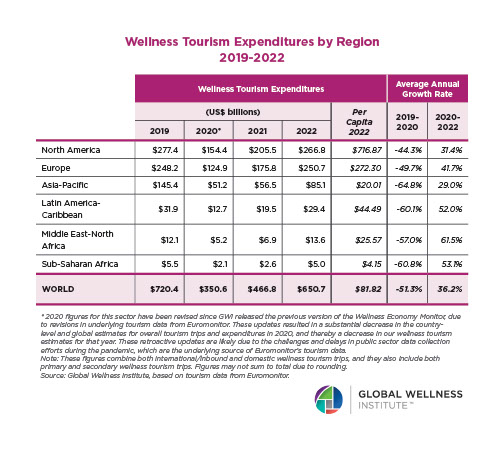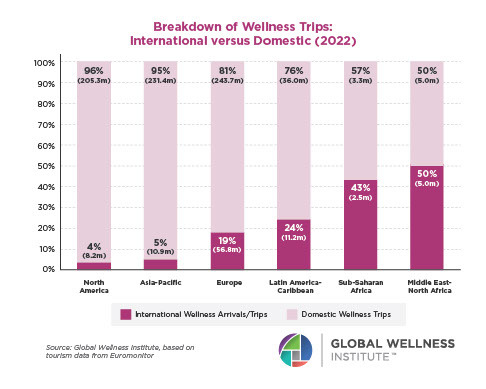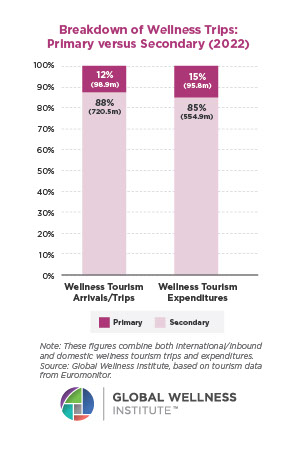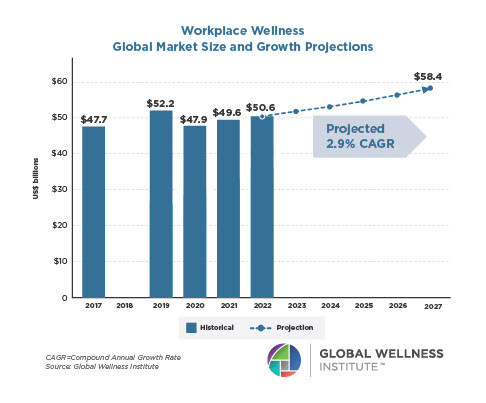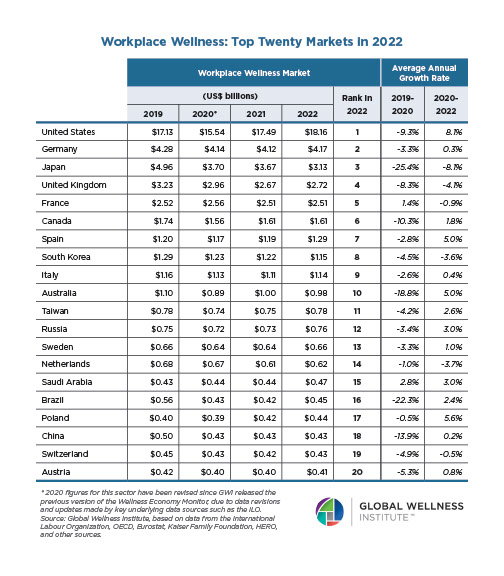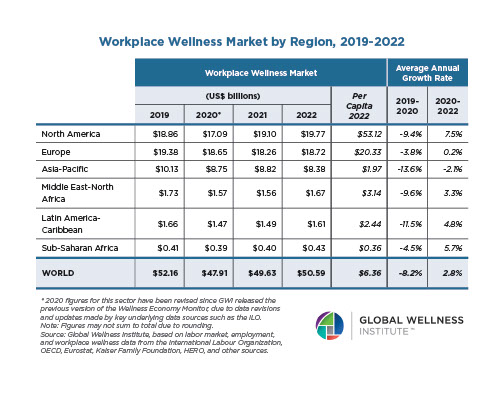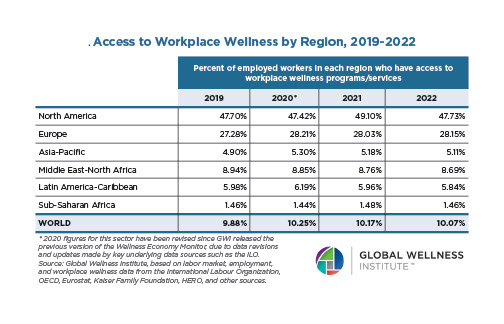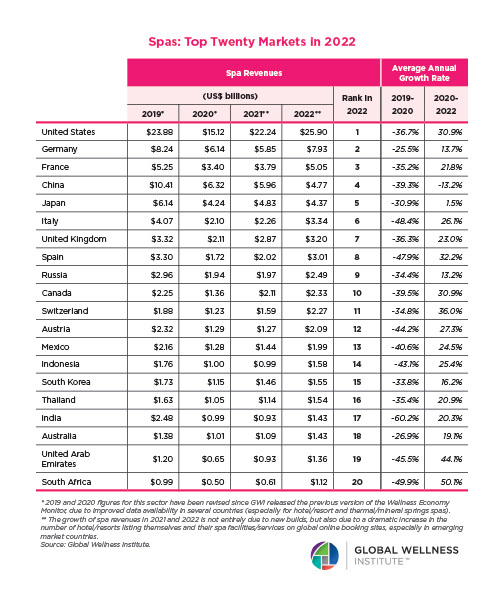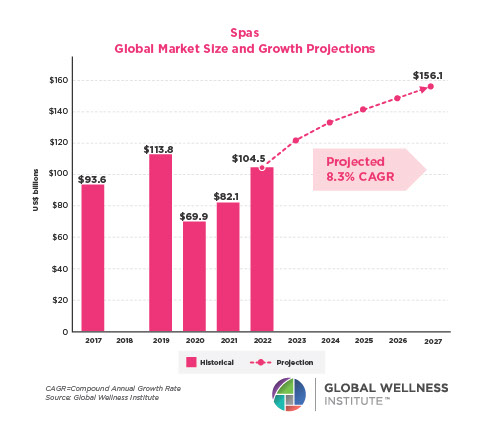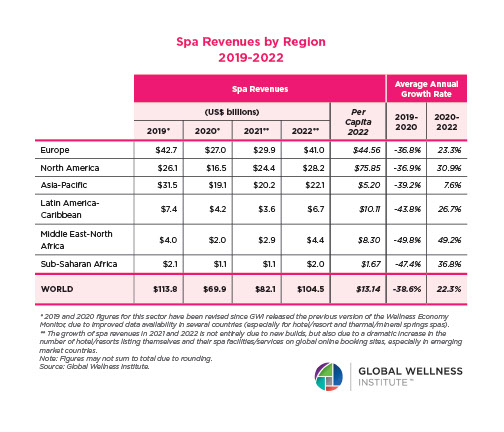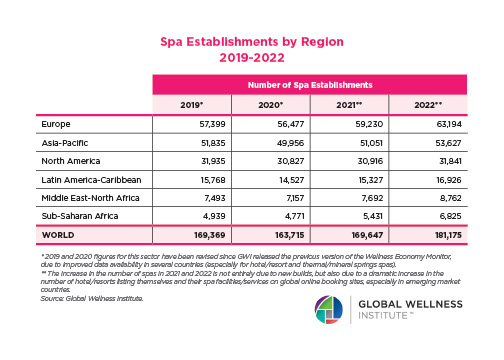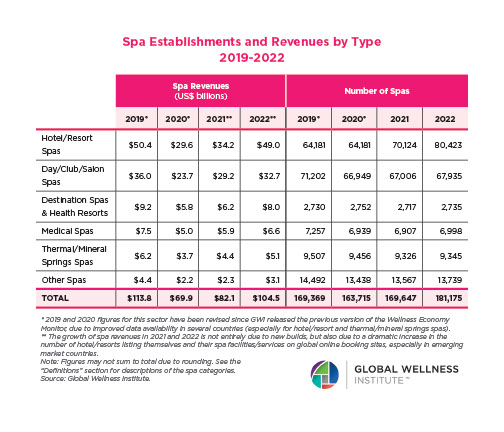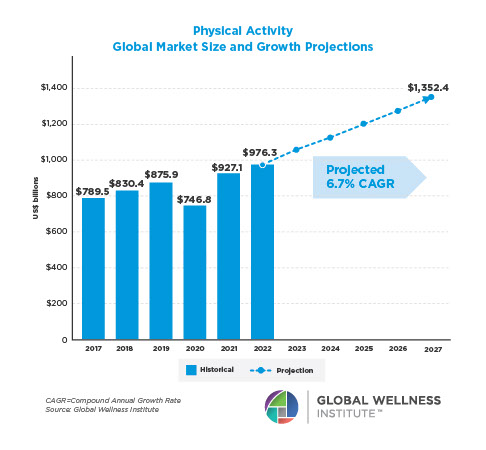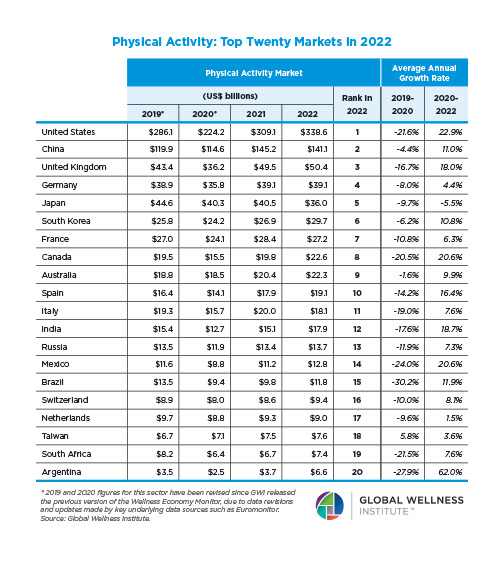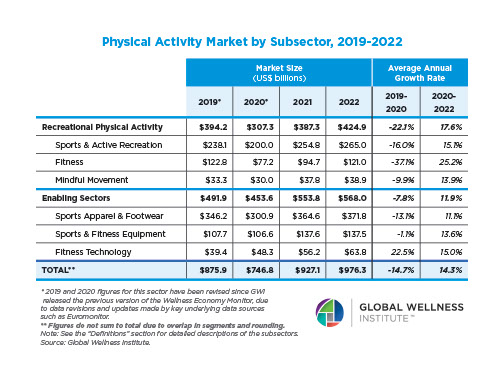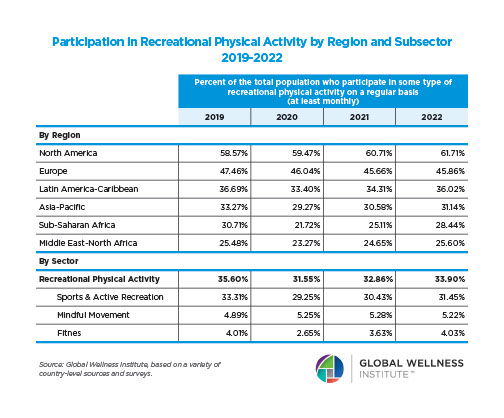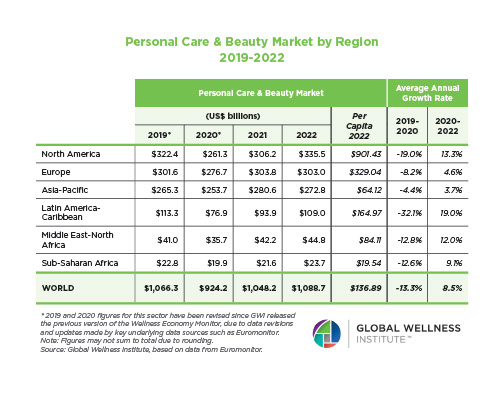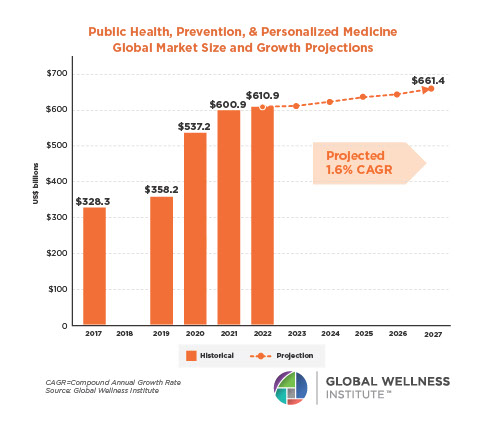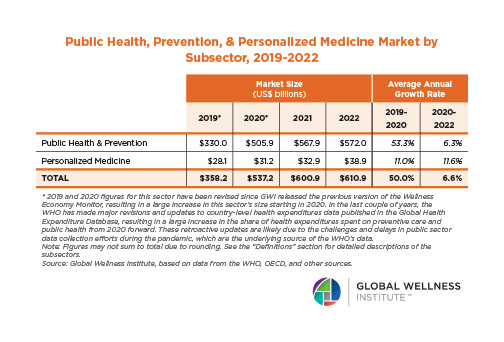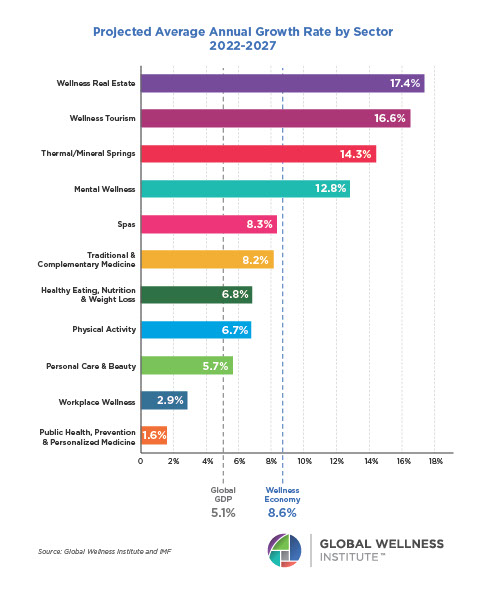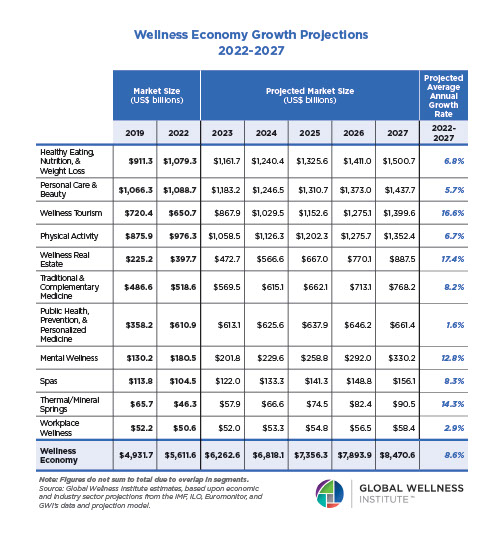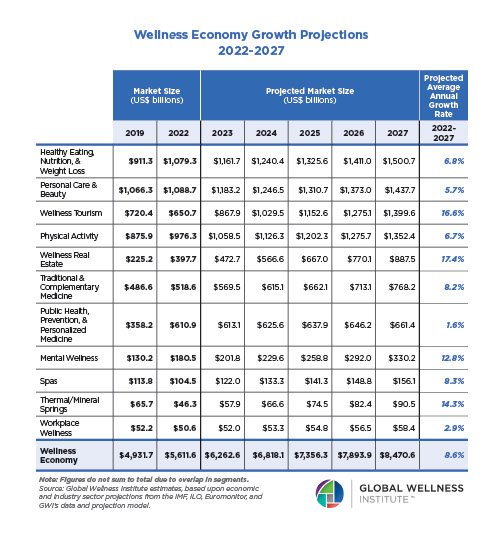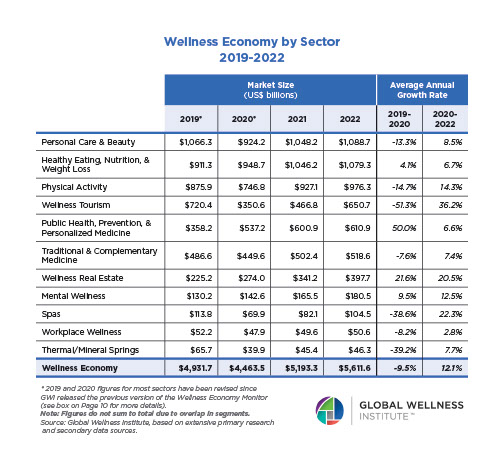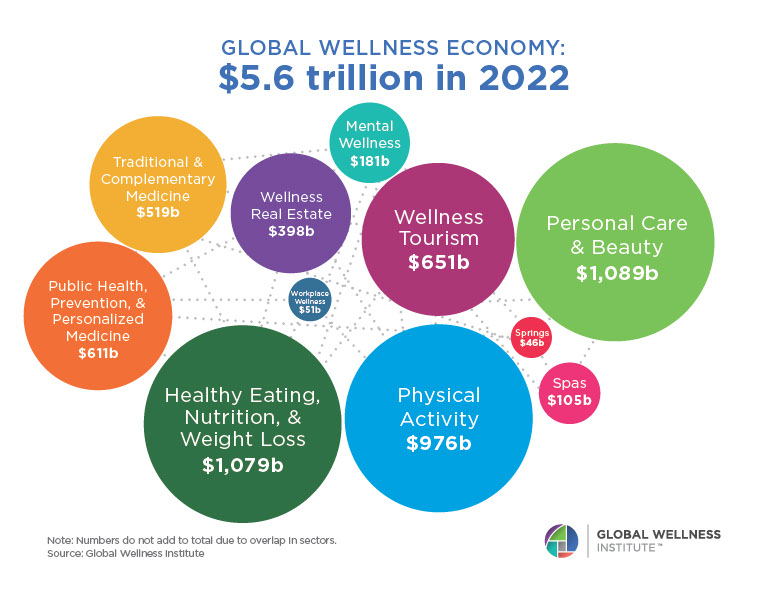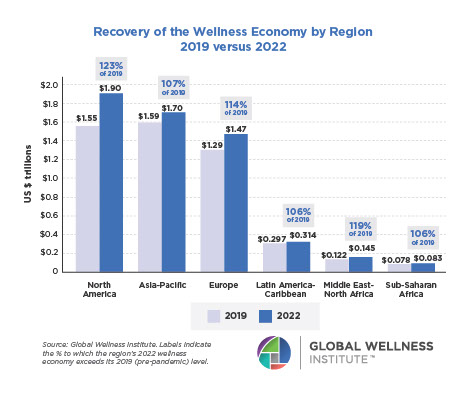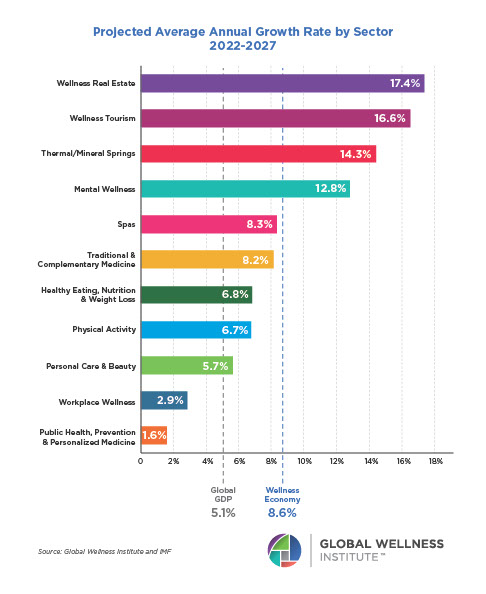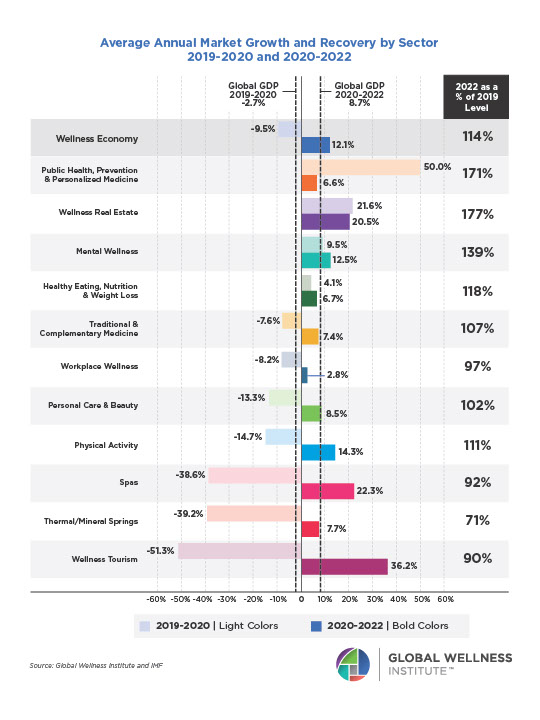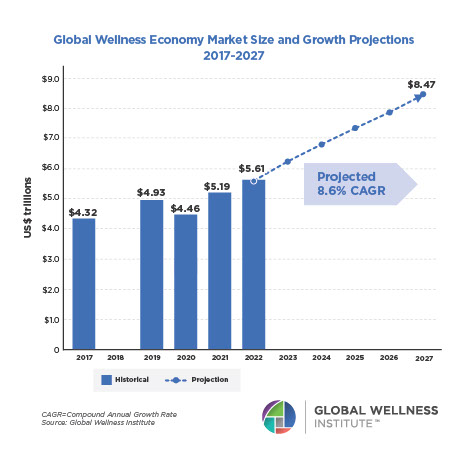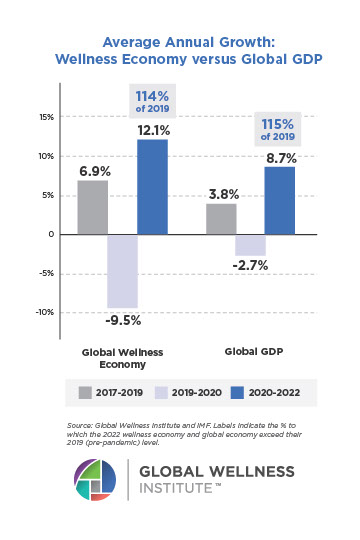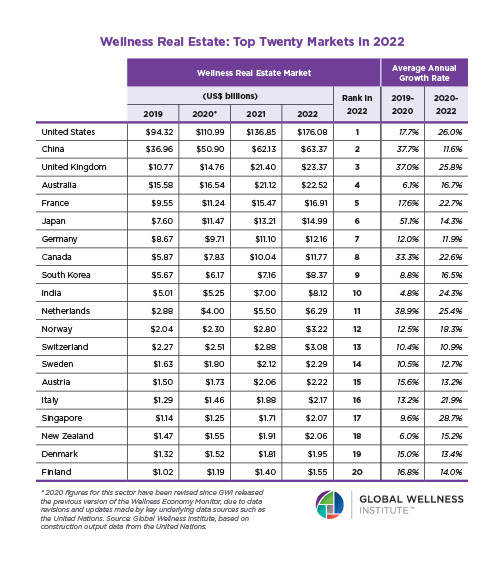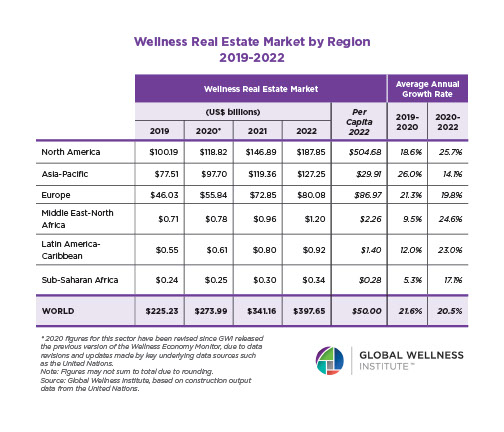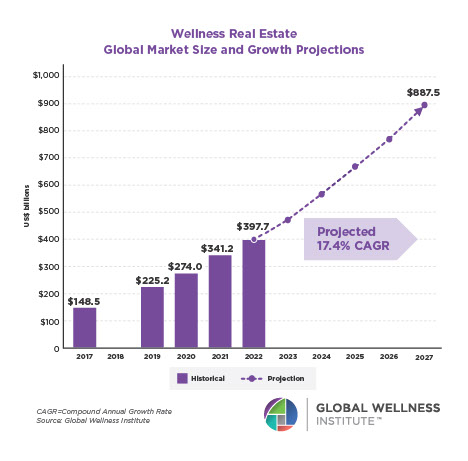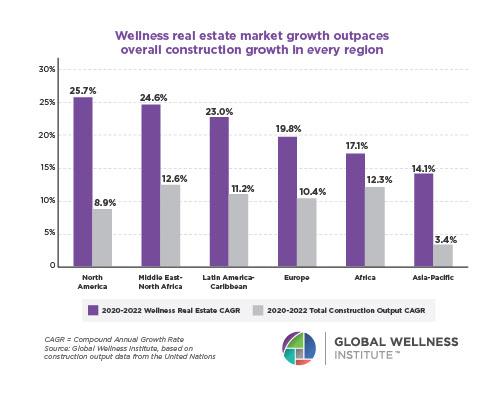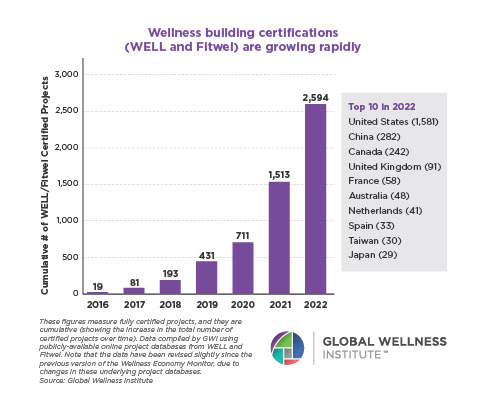Breathe Initiative
2025 Trends
![]()
Exploring the Future of Breath as Wellness
As the world seeks antidotes to stress, digital overwhelm, and disconnection, the power of mindful breathing is gaining mainstream momentum. The Breathe Initiative is identifying key 2025 Trends that highlight how BREATH is being integrated into daily life to help influence the nervous system and improve sleep, performance, and emotional and mental health, among other essential aspects of wellbeing, including stress resilience, focus and memory, recovery, and overall vitality. These trends reflect a growing awareness of breath as a science-backed, accessible wellness solution for modern life.

TREND 1: Nasal Breathing and Mouth Tape for Sleep
In recent years, mouth tape for sleep has gained significant traction, particularly among younger generations, largely driven by viral TikTok videos. This practice involves taping the mouth shut during sleep to encourage nasal breathing, which has been linked to numerous health benefits. As the trend continues to gain momentum, it’s becoming a go-to-sleep hack for those seeking better sleep quality, improved cognitive function, and enhanced overall wellbeing.
Mouth breathing at night can lead to restless sleep, snoring, and even sleep apnea. It triggers stress—keeping your body in fight-or-flight mode—collapses airways, and increases the risk of snoring and sleep apnea. It also reduces oxygen levels, leaving you groggy and fatigued the next day. On the other hand, nasal breathing offers numerous benefits: it delivers 20% more oxygen to the brain, produces nitric oxide to open airways, supports better breathing, and helps reduce snoring for deeper, uninterrupted sleep. Switching to nasal breathing can significantly improve sleep quality and overall wellbeing.
The growing popularity of mouth taping reflects an increasing awareness of the importance of healthy sleep hygiene. As more people turn to this trend for improved sleep, they’re discovering that it’s not just a sleep solution—it’s a path to enhanced mental clarity, emotional wellbeing, and overall vitality.
Resources
- McKeown, Patrick. “Nose Breathing vs. Mouth Breathing: The Science” (Dublin, Ireland) https://oxygenadvantage.com/science/nose-breathing-vs-mouth-breathing/
TREND 2: Breath as an Antidote to Stress from Digital Overwhelm
In a world increasingly defined by digital connectivity, breathwork is emerging as a simple yet powerful antidote to the effects of constant screen time. With digital overwhelm on the rise, fueled by constant notifications, social media, and the pressure to stay plugged in, we’re turning to analog wellness practices to unplug and regain a sense of balance. Breathwork, as part of this broader trend, offers a fast and accessible way to reconnect with oneself and counter the stress of our hyper-connected world.
Digital overwhelm often leads to heightened stress, anxiety, and burnout, with technology triggering the body’s sympathetic nervous system, which governs the fight-or-flight response. This creates a cycle of hyperarousal, leading to mental fatigue, emotional instability, and difficulty focusing. Breathwork disrupts this cycle by activating the parasympathetic nervous system, which promotes relaxation, emotional regulation, and mental clarity. Breathing techniques, such as deep diaphragmatic breathing and box breathing, provide an easy and immediate tool to regain composure and calm amidst the chaos of constant connectivity.
Just a few minutes of relaxing, slow breathing can help reduce stress and improve overall wellbeing.
Resources
- Bentley, Tanya GK. “Breathing Practices for Stress and Anxiety Reduction: Conceptual Framework of Implementation Guidelines Based on a Systematic Review of the Published Literature.” Nov. 21, 2023 https://pmc.ncbi.nlm.nih.gov/articles/PMC10741869/
TREND 3: The Rise of Digital Breathwork Platforms
As wellness continues to blend with technology, breathwork has become an accessible practice for millions, thanks to the rise of digital platforms. With wellness apps gaining popularity, breathwork is no longer limited to in-person sessions; instead, it is now available at your fingertips. These digital services provide users with a range of tools to integrate mindful breathing into their daily routines.
Guided sessions are a core offering, featuring apps that provide structured audio or video instructions to guide users through various techniques, ranging from basic breath awareness to more advanced practices designed to reduce stress, improve focus, and enhance relaxation.
AI-driven feedback is a game-changer in the digital breathwork space. Some platforms now integrate artificial intelligence that monitors users’ breathing patterns in real time, offering personalized adjustments to help optimize the practice. This technology enables a more personalized experience, tracking progress over time and ensuring users refine their techniques effectively. Community challenges are also gaining traction, with many digital platforms hosting group challenges or events. These foster a sense of social support, accountability, and consistency, helping users stay committed to their wellness journey.
These platforms are bridging geographical barriers and making breathwork available to anyone with a smartphone. By democratizing wellness practices, digital breathwork platforms are ushering in a new era of accessible, personalized health and wellbeing.
TREND 4: Breathwork for Emotional Intelligence, Mental Health, and Nervous System Regulation
Breathwork is rapidly gaining recognition as a powerful tool for enhancing emotional intelligence (EQ), supporting mental health, and directly regulating the nervous system. As individuals seek ways to manage stress and emotional challenges, breath practices are emerging as a holistic solution for improving self-awareness, emotional resilience, and mental wellbeing.
At the core of breathwork’s effectiveness is its ability to influence the nervous system. By engaging in controlled breathing, individuals can shift from a state of hyperarousal—characterized by anxiety, tension, and restlessness—into a state of calm and equilibrium, effectively restoring balance within moments. This ability to regulate the nervous system goes beyond relaxation; it helps reestablish a sense of safety within the body, promoting resilience in the face of daily stressors.
Breathwork has been shown to be especially beneficial for managing mental health conditions like anxiety and depression. Techniques such as diaphragmatic breathing and 4-7-8 breathing are effective for reducing anxiety and calming the nervous system. In cases of depression, breathwork can stimulate the vagus nerve, supporting the balance of mood-regulating neurotransmitters, while also fostering emotional release and integration. For individuals with ADHD, breathwork practices such as box breathing can enhance focus, improve self-regulation, and increase mindfulness, thereby helping to manage impulsivity and stay present in tasks. In addition to its growing list of benefits, breathwork is now the focus of a brand-new study (March 2025) exploring how slow breathing may help alleviate menopause symptoms, marking a significant step forward in the science of breath as a therapeutic tool for this demographic as well.
Resources
- Brown, Richard P. “Breathing practices for treatment of psychiatric and stress-related medical conditions” 2013 https://pubmed.ncbi.nlm.nih.gov/23538082/
- Dolgilevica, Karina. “Heart Rate Variability Biofeedback Training Can Improve Menopausal Symptoms and Psychological Well-Being in Women with a Diagnosis of Primary Breast Cancer: A Longitudinal Randomized Controlled Trial” March 4, 2025 https://www.mdpi.com/1718-7729/32/3/150
TREND 5: Breathwork for Performance Optimization
Breathwork is rapidly gaining recognition in both athletic and professional performance fields due to its ability to enhance physical endurance and improve mental clarity under pressure. As more athletes, executives, and high performers integrate breathwork into their routines, its benefits are becoming increasingly evident across various disciplines.
One of the key benefits of breathwork is its ability to enhance VO2 max, a measure of the body’s capacity to absorb and utilize oxygen. Techniques such as diaphragmatic breathing and specific patterns of controlled inhalation and exhalation can enhance aerobic capacity, resulting in improved stamina and endurance for athletes. These methods help optimize oxygen delivery to muscles, boosting energy and performance.
Breathwork also plays a crucial role in recovery optimization. After intense physical exertion, breath-focused practices help to clear metabolic waste products from the body, reduce muscle tension, and accelerate recovery times. By incorporating breathwork into post-workout routines, athletes can reduce the risk of injury and sustain peak performance over time.
For high-performing individuals, maintaining focus and composure in high-pressure situations is crucial. Techniques such as Buteyko breathing, which enhances CO2 tolerance, and pranayama, a yogic breathwork practice, are widely used to help individuals remain calm and clear-headed during high-stress moments. These practices foster a sense of control, facilitating emotional regulation and mental clarity.
Ultimately, the cognitive benefits of breathwork encompass improved decision making, heightened focus, and optimized brain function. By regulating oxygen flow to the brain, breathwork can sharpen cognitive performance, making it an indispensable tool for those seeking to excel both physically and mentally.
As the connection between breathwork and performance optimization continues to gain recognition, it’s clear that controlled breathing is a powerful, science-backed method for enhancing both physical capabilities and mental resilience.
Resources
- Migliaccio, Gian Mario. “Sports Performance and Breathing Rate: What Is the Connection? A Narrative Review on Breathing Strategies” May 10, 2023 https://pmc.ncbi.nlm.nih.gov/articles/PMC10224217/#:~:text=Numerous%20studies%20have%20demonstrated%20that,rate%2C%20and%20elevate%20blood%20pressure.
TREND 6: Breathing Science – The Emergence of a New Discipline
Interest in the subject of breathing has grown immensely, worldwide. This interest encompasses a diverse range of professions, such as healthcare and personal practices, including self-exploration. Nevertheless, to date, there has been no formal field defined by its players that represents this enormous interest and its practical applications. Science, specifically the disciplines of physiology and psychology, has been rapidly entering this loosely defined field of study and its applications, which might now be best described as “applied breathing science.” A psychophysiological perspective of breathing is beginning to emerge. The importance of understanding the basics of respiratory physiology, which is often overlooked and misunderstood by both laypeople and practitioners, is gaining traction among practitioners worldwide, particularly in the context of the role of carbon dioxide in health and performance. Understanding breathing mechanics as a behavior, that is, as physiology driven by psychological principles, such as motivation, takes us to surprising, exciting, and even shocking places of exploration, including the profound role of our breathing habits in everyday life. There is now an emerging consciousness that is bringing together this diverse group of practitioners, personal and professional, into an exciting, more productive, and communicative space. This newly defined science helps all of us, practitioners and laypeople alike, distinguish between science and pseudoscience while preserving the integrity of good intentions, encouraging a creative process, and embracing intuitive experience. There are surely exciting surprises that lie ahead, ones that promise to go well beyond both the theory and practice of historical and traditional thinking about breathing and its role in our lives.
Resources
- Yildiz, Selda. “Immediate impact of yogic breathing on pulsatile cerebrospinal fluid dynamics” June 28, 2022 https://www.nature.com/articles/s41598-022-15034-8
- Yadav, Goldie. “Deep Breathing Practice Facilitates Retention of Newly Learned Motor Skills.” Nov. 14, 2016 https://www.nature.com/articles/srep37069
- McKeown, Patrick. “Aerobic Capacity; How to Increase, Exercises, Benefits.” https://oxygenadvantage.com/science/aerobic-capacity-how-to-increase/


